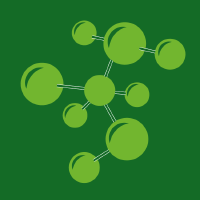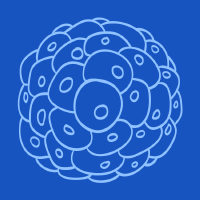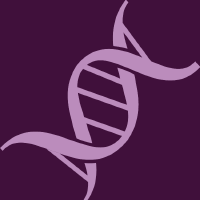Topic Menu
► Topic MenuTopic Editors

2. Department of Medical Research, Chung Shan Medical University Hospital, Taichung 40201, Taiwan

Advances in Natural Products and Phytochemicals in Cancer Prevention and Therapeutics
Topic Information
Dear Colleagues,
Natural products, or phytochemicals, generally refer to as compounds that are exclusive to essential nutrients that have specific biological activities in humans. Studies have shown that natural phytochemicals derived from certain plants have the ability to prevent carcinogenesis. Therefore, new active compounds responsible for the anti-cancer characteristics of dietary plants, and new active compounds that exert novel anti-carcinogenesis functions are important topics in cancer research. We invite researchers to contribute original and review articles regarding the relationships between natural products, phytochemicals and cancers, including the discovery of novel anti-cancer phytochemicals, signalling pathways, and phytochemical signalling molecules for potential cancer treatment strategies. We are pleased to invite you to our Special Issue “Advances in Natural Products and Phytochemicals in Cancer Prevention and Therapeutics”. We look forward to receiving your contributions.
Prof. Dr. Shun-Fa Yang
Dr. Ming-Hsien Chien
Topic Editors
Keywords
- natural compound
- phytochemicals
- chemoprevention
- anti-cancer
- flavonoids
- apoptosis
- metastasis
- autophagy
- MMP
Participating Journals
| Journal Name | Impact Factor | CiteScore | Launched Year | First Decision (median) | APC |
|---|---|---|---|---|---|

Antioxidants
|
6.6 | 12.4 | 2012 | 17.4 Days | CHF 2900 |

Biomolecules
|
4.8 | 9.2 | 2011 | 19.4 Days | CHF 2700 |

Cancers
|
4.4 | 8.8 | 2009 | 20.3 Days | CHF 2900 |

Cells
|
5.2 | 10.5 | 2012 | 16 Days | CHF 2700 |

International Journal of Molecular Sciences
|
4.9 | 9.0 | 2000 | 20.5 Days | CHF 2900 |

Pathogens
|
3.3 | 6.8 | 2012 | 13.5 Days | CHF 2200 |

Preprints.org is a multidisciplinary platform offering a preprint service designed to facilitate the early sharing of your research. It supports and empowers your research journey from the very beginning.
MDPI Topics is collaborating with Preprints.org and has established a direct connection between MDPI journals and the platform. Authors are encouraged to take advantage of this opportunity by posting their preprints at Preprints.org prior to publication:
- Share your research immediately: disseminate your ideas prior to publication and establish priority for your work.
- Safeguard your intellectual contribution: Protect your ideas with a time-stamped preprint that serves as proof of your research timeline.
- Boost visibility and impact: Increase the reach and influence of your research by making it accessible to a global audience.
- Gain early feedback: Receive valuable input and insights from peers before submitting to a journal.
- Ensure broad indexing: Web of Science (Preprint Citation Index), Google Scholar, Crossref, SHARE, PrePubMed, Scilit and Europe PMC.

